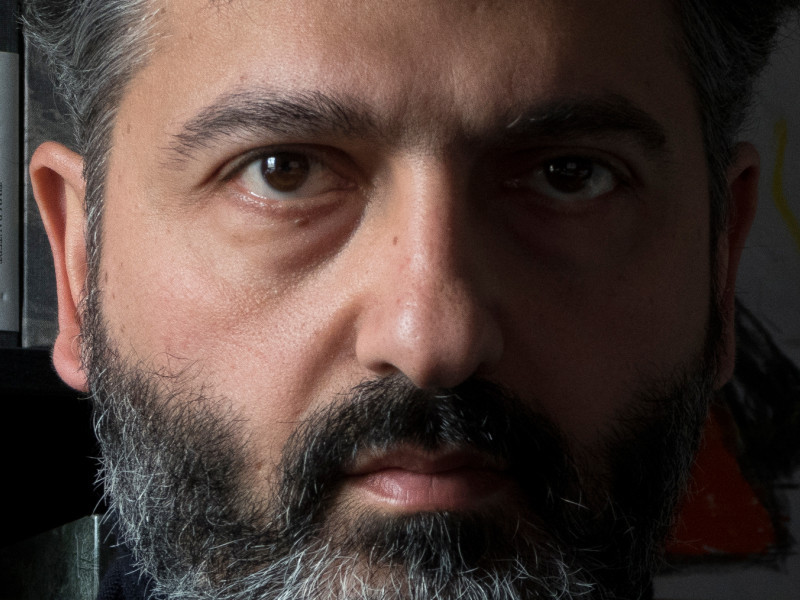Overview
Hrair Sarkissian’s work in photography, video, sculpture and installation is often marked by an uncanny stillness or silence that enables reflection on histories of violence and erasure.
In Final Flight (20187–2019), the artist explores the story of the critically endangered Northern Bald Ibis, descendants of the birds depicted in the oldest Egyptian hieroglyphs dating back 5,200 years. The Egyptians considered the ibis as a symbol of wisdom, and early Muslims believed the migrating birds served as guides for pilgrims during their Haj to Makkah. Although the birds were declared extinct in 1989, a surviving colony of seven was discovered in 2002 in the Syrian desert near Palmyra with help from local Bedouins. Despite intense conservation efforts, illegal hunting and electrocution by power cables on the birds’ migratory route made protection almost impossible. The onset of civil war in Syria in 2011 severely constrained the conservation programme, and the birds disappeared again around the time Palmyra was destroyed in 2014.
As a testament to these realities of destruction, disappearance and migration, Sarkissian employed new technologies and age-old techniques to create seven Northern Bald Ibis skull sculptures. Based on an Andalusian specimen lent by a Spanish zoo, these works were painstakingly produced through high-resolution photogrammetry of the original.
Related Content

Unsettled Objects
Sharjah Art Foundation presents Unsettled Objects, featuring new acquisitions and rarely seen works from the Foundation's Collection; the artists and works on display explore art history’s hidden stories.

Sarkissian, Hrair
Hrair Sarkissian’s photographs reflect on personal memories, using subjectivity as a way to navigate stories that official histories are unable to tell. Using traditional documentary techniques in large-scale works, he engages the viewer in a profound consideration of what lies behind the surface of the images, thereby re-evaluating larger historical or social narratives.
